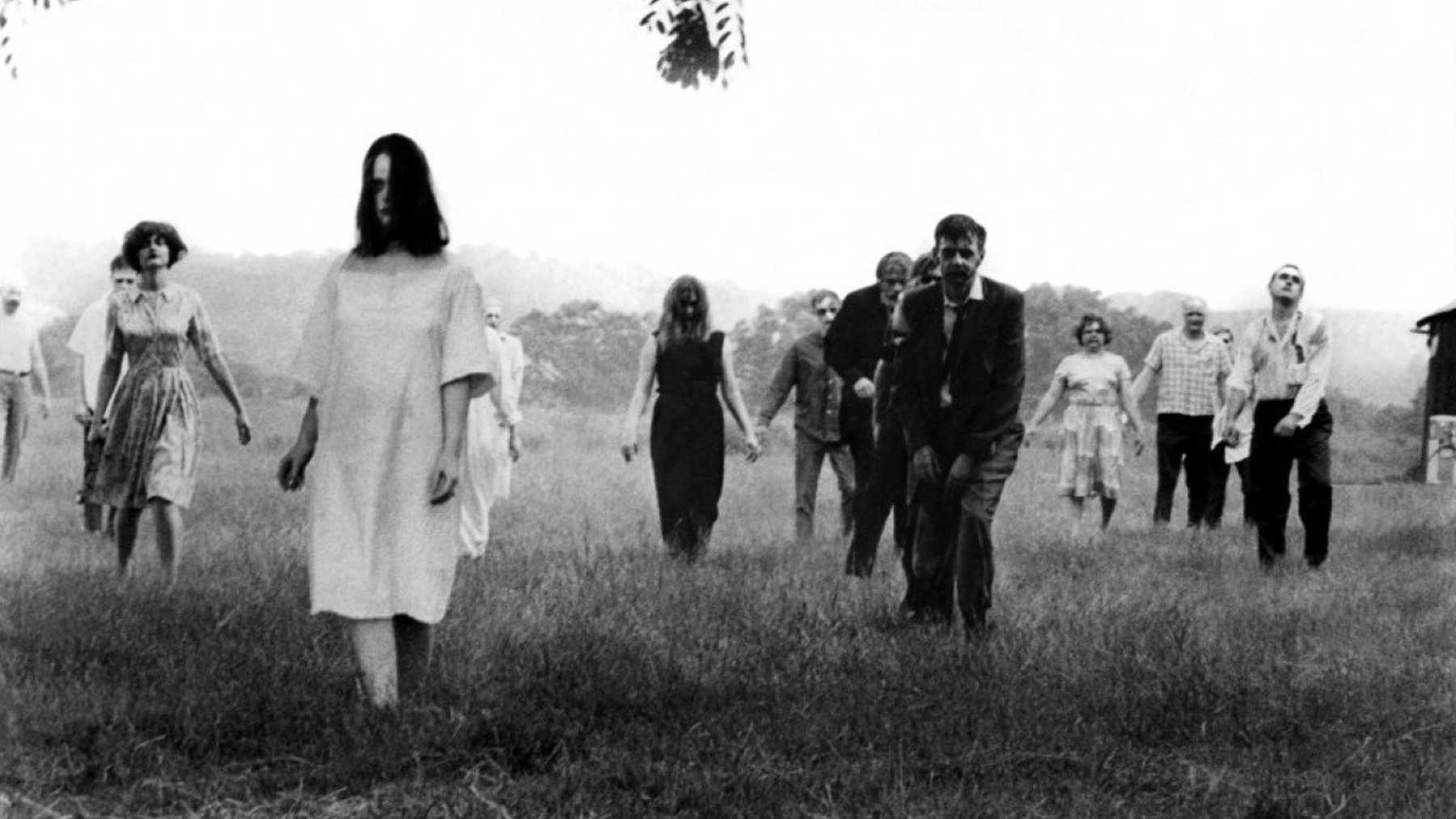
A fair amount of the film criticism you’ll read in the remainder of this course will use a psychoanalytic framework. At times, this will be confusing for you, but it is important to understand the impact psychoanalytic theory has had on film criticism, and the horror genre in particular.
Chris Dumas gives a quick rundown on psychoanalysis in Chapter 2 of your textbook, which will hopefully help you to navigate some of these later articles. When reading psychoanalytic literary or film criticism, keep in mind that it is just one of many frameworks that we might use to process the complexities art and literature. That said, it was for a time very popular or “in vogue” because of how fitting it seemed to the horror genre, as Dumas explains:
[M]adness—what Freud, like other physicians of his time, called psychosis—is always typified by disturbances in meaning (especially around the concept of gender) and can generate violence. Horror cinema, of course, is also typified by disturbances in meaning, especially around issues of gender; and of its violence, one might perhaps assert that it is the symptom that gives the genre its meaning.
Alongside “castration” and “repression,” which your textbook chapter explains in some detail, the most important psychoanalytic concept to the study of horror—especially psychological horror—is the uncanny, so I’ve also asked you to read Freud’s famous essay on it. Often, when we use the term “the uncanny,” we are discussing it in regards to a specific image, figure, or moment. So, for example, this image in Night of the Living Dead has always felt “uncanny” to me:

There’s the eye of the mutilated dead face looking straight at you, which gives the image a sense of aliveness in its deadness, and perhaps that is where the feeling of the uncanny derives for me. Consider other moments in the films we’ve watched for the course so far (including The Exorcist) that might be considered “uncanny.” Try to more deeply explore that feeling, and what aspect of the cinematic moment generates it for you. Try your best to give words to it. I have some moments from The Exorcist in mind for myself, but would like you to determine your own first.
As you’re probably aware, the Exorcist—based on a novel by William Peter Blatty—has quite a legacy. Nothing so viscerally disturbing had ever been distributed to mass audiences. People camped out on city blocks to wait in line to see it. There were reports of people vomiting and fainting. It’s possible that some of these reports are exaggerated for marketing purposes, as they tend to be today (perhaps someone in the class who was around in 1973 has some thoughts on this!), but that doesn’t really matter in the end; the point is that the “stories” around the film illustrate just how significant a film it was in the history of horror cinema and television. Its landmark legacy in the horror genre is perhaps unparalleled. There are some videos floating around online of audience reactions you might find interesting:
I’m asking you to watch The Extended Director’s Cut of the film if you can (Amazon page here) because there are some scenes deleted from the theatrical release that feel important to understanding Friedkin’s (and Blatty’s) vision for the film. Some of the more disturbing and memorable moments were cut from the theatrical release, such as Regan’s spider-walk down the stairs. If you aren’t able to watch the extended release for whatever reason, do search out the deleted scenes on YouTube.
Keep in mind that Linda Blair was only 12 years old at the time of filming (her childlike innocence is in part what made this film so disturbing to viewers at the time), so she had a double assigned for many of the demon’s scenes. This posed some challenges for the practical effects. There is an interview here with her “stunt double” that you might like to read after watching the film. The spiderwalk scene mentioned above was cut due to difficulties with hiding the double and the visibility of the wires; in the extended director’s cut, Friedkin was able to use CGI technology to eliminate the wires and restore the scene to the film.
The Exorcist was relatively scary to me when I first saw it as a teenager. I’ve heard various reports from others who saw it later in life; some were quite affected by it, while others thought it pretty tame. Like the other films we’ve watched thus far, this is a horror film produced before the jump scare became a staple in horror cinema. The disturbances here are delivered visually and conceptually; the film was particularly shocking in its handling of its subject matter, especially the crucifix scene. If you’re seeing it for the first time, I’d be interested to hear if you found it scary or disturbing (and why, or why not).

